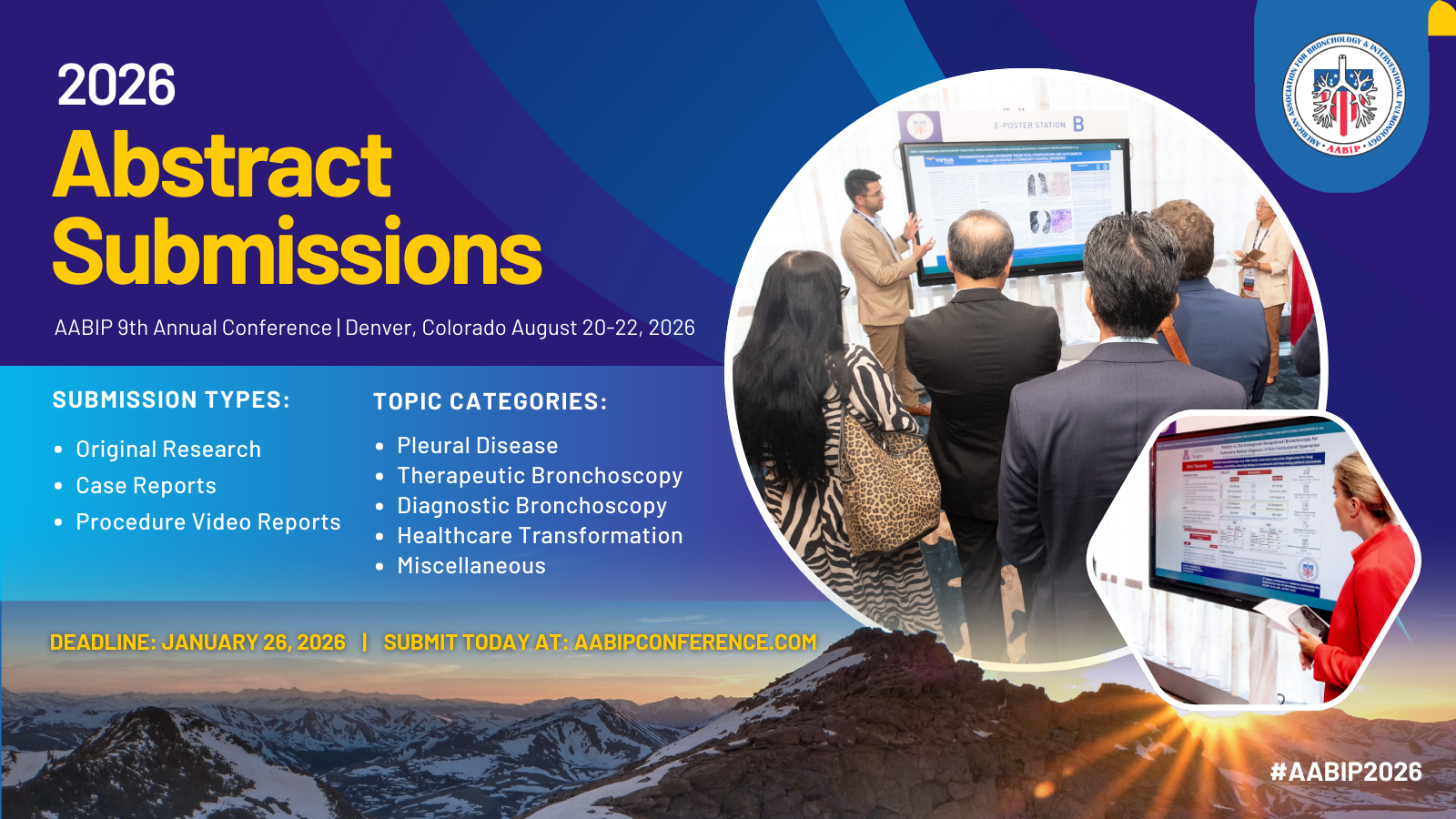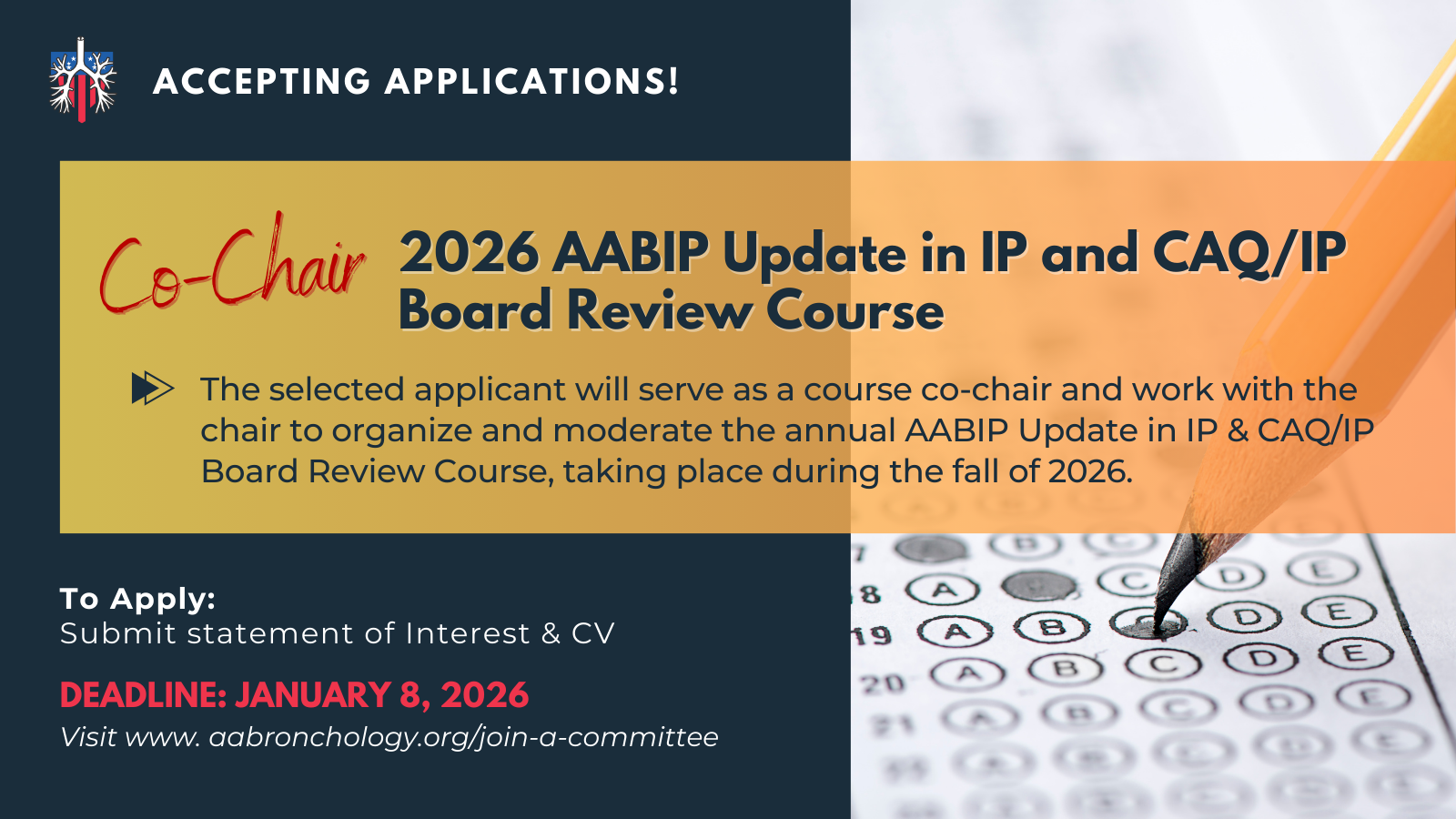Evaluation of individuals with pulmonary nodules: when is it lung cancer? Diagnosis and management of lung cancer, 3rd ed: American College of Chest Physicians evidence-based clinical practice guidelines
https://pubmed.ncbi.nlm.nih.gov/23649456/
Guideline
Reference: Gould MK, Donington J, Lynch WR, et al. Evaluation of individuals with pulmonary nodules: when is it lung cancer? Diagnosis and management of lung cancer, 3rd ed: American College of Chest Physicians evidence-based clinical practice guidelines. Chest. 2013;143(5 Suppl):e93S-e120S.
Summary: This is the 2013 successor to the second edition ACCP guidelines on management of pulmonary nodules from 2007. This guideline provides recommended follow up and interventions based upon the best evidence available at the time. Although the guideline was released after the 2011 NLST, this guideline does not discriminate between lung nodules identified incidentally or by screening. It does include a review of terminology and provides intervention recommendations with appropriate follow up based on findings from either CT or chest x-ray.
NCCN Clinical Practice Guidelines in Oncology (NCCN Guidelines®) Lung Cancer Screening
https://www.nccn.org/professionals/physician_gls/pdf/lung_screening.pdf
Guideline
Reference: NCCN Clinical Practice Guidelines in Oncology (NCCN Guidelines®) Lung Cancer Screening. Version 1.2020, 05/14/19 © 2019 National Comprehensive Cancer Network® (NCCN®)
Summary: These are the frequently updated National Comprehensive Cancer Network algorithms providing next steps and interventions to findings from lung cancer screening CT scans. This includes risk stratification by history and by radiographic criteria. It also includes approaches to shared decision-making discussions with patients.
Guidelines for Management of Incidental Pulmonary Nodules Detected on CT Images: From the Fleischner Society 2017
https://pubmed.ncbi.nlm.nih.gov/28240562/
Guideline
Reference: Macmahon H, Naidich DP, Goo JM, et al. Guidelines for Management of Incidental Pulmonary Nodules Detected on CT Images: From the Fleischner Society 2017. Radiology. 2017;284(1):228-243.
Summary: Fleischner Society guidelines for management and follow up of incidentally identified pulmonary nodules. This guideline provides a complete starting point for evaluation and determination of appropriate follow up imaging and management of incidental pulmonary nodules.
Lung‐RADS® Version 1.1
https://www.acr.org/-/media/ACR/Files/RADS/Lung-RADS/LungRADSAssessmentCategoriesv1-1.pdf
Guideline
Reference: ACoR. Lung-Screening Reporting and Data System (LungRADS) Version 1.1. 2019. Accessed August 17 2020. Available online: https://www.acr.org/-/media/ACR/Files/RADS/Lung-RADS/LungRADSAssessmentCategoriesv1-1.pdf
Summary: The Lung CT Screening Reporting & Data System (Lung-RADS) was developed to standardize vocabulary and interpretation of thoracic imaging and as an extension, lung cancer screening. Version 1.0 was released in 2014 and updated to version 1.1 in 2019 through the American College of Radiology (ACR). The primary clinical use of the Lung-RADS database is in determining appropriate follow up CT scans for lung cancer screening and nodules identified via lung cancer screening. A retrospective validation of the Lung-RADS applied to the NLSTwas performed in this article:
Evaluating the patient with a pulmonary nodule: a review
https://pubmed.ncbi.nlm.nih.gov/35040882/
Review
Reference: Mazzone PJ, Lam L. Evaluating the patient with a pulmonary nodule: a review. JAMA. 2022;327(3):264-273.
Summary: This review discusses the evaluation of patients presenting with an incidental, single, dominant pulmonary nodule (PN). Optimal management of patients with PNs can lead to earlier detection and treatment of patients with lung cancer and minimize invasive testing in patients with benign PNs. The discussion includes a review of the epidemiology, optimal methods to establish diagnosis including current guidelines, validated malignancy probability prediction models, and current evidence-based approaches to the treatment of patients with PNs. The authors conclude that the treatment of a patient with a PN should be guided by the probability that the PN is malignant, testing safety, utility of additional testing, and patient preference.
Management of lung nodules and lung cancer screening during the covid-19 pandemic
https://pubmed.ncbi.nlm.nih.gov/32335067/
Guideline
Reference: Mazzone PJ, Gould MK, Arenberg DA, et al. Management of lung nodules and lung cancer screening during the covid-19 pandemic: chest expert panel report. Chest. 2020;158(1):406-415.
Summary: The COVID-19 pandemic shifted the balance of benefit and harm that informed pre-COVID-19 ACCP guidelines. This CHEST expert panel consensus statement was developed to guide clinicians managing lung cancer screening programs and patients with pulmonary nodules during the COVID-19 pandemic.
Physiologic evaluation of the patient with lung cancer being considered for resectional surgery: Diagnosis and management of lung cancer
https://pubmed.ncbi.nlm.nih.gov/23649437/
Landmark/Guideline
Reference: Brunelli A, Kim AW, Berger KI, Addrizzo-Harris DJ. Physiologic evaluation of the patient with lung cancer being considered for resectional surgery: Diagnosis and management of lung cancer, 3rd ed: American College of Chest Physicians evidence-based clinical practice guidelines. Chest. 2013;143(5 Suppl):e166S-e190S.
Summary: This section of the 2013 ACCP guidelines is intended to guide the preoperative physiologic assessment of a patient being considered for surgical resection of lung cancer. Familiarity with this guideline will facilitate identification of those patients who are candidates for surgical resection and enable better informed shared-decision making with the patient on the appropriate therapeutic approach to treating their cancer.








